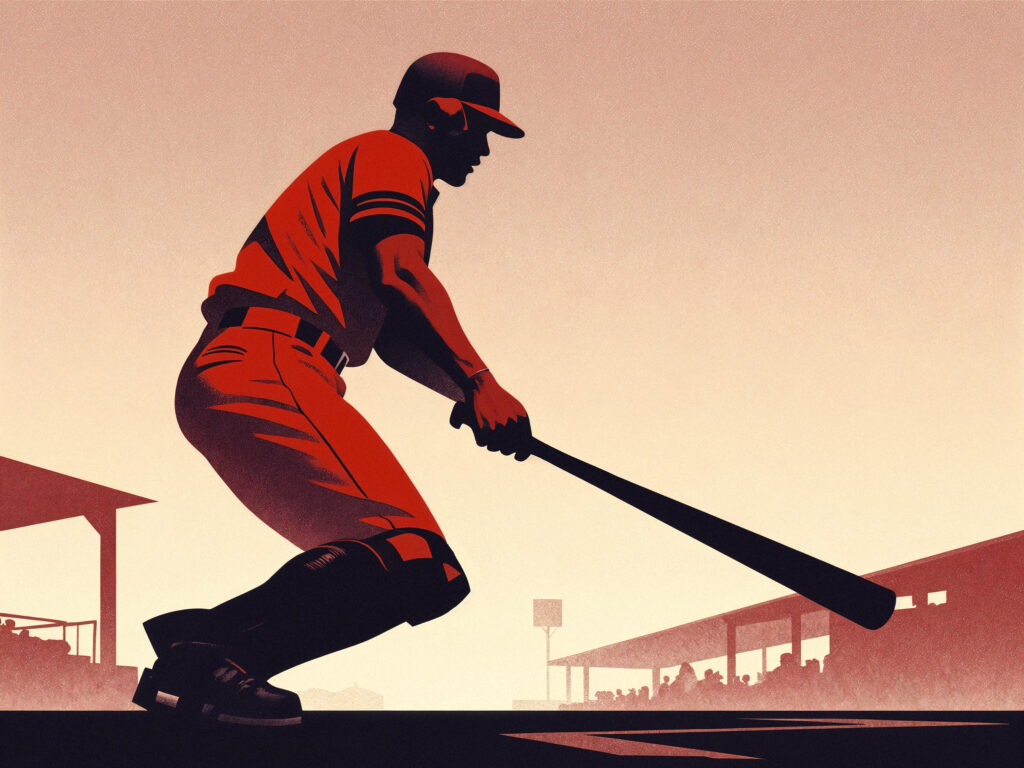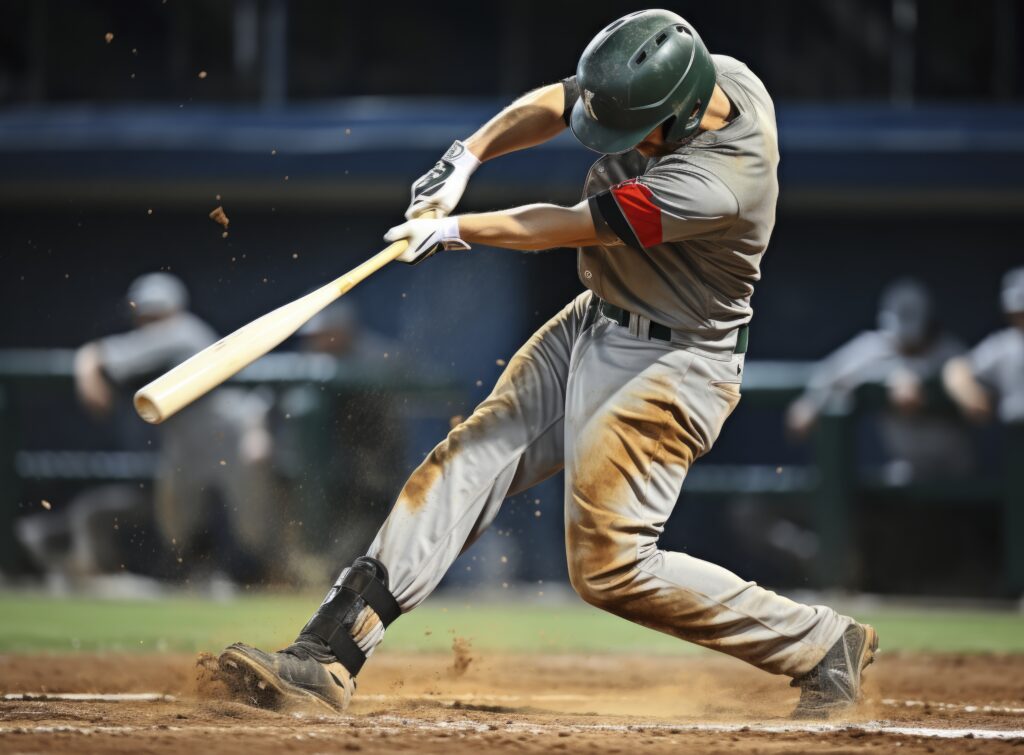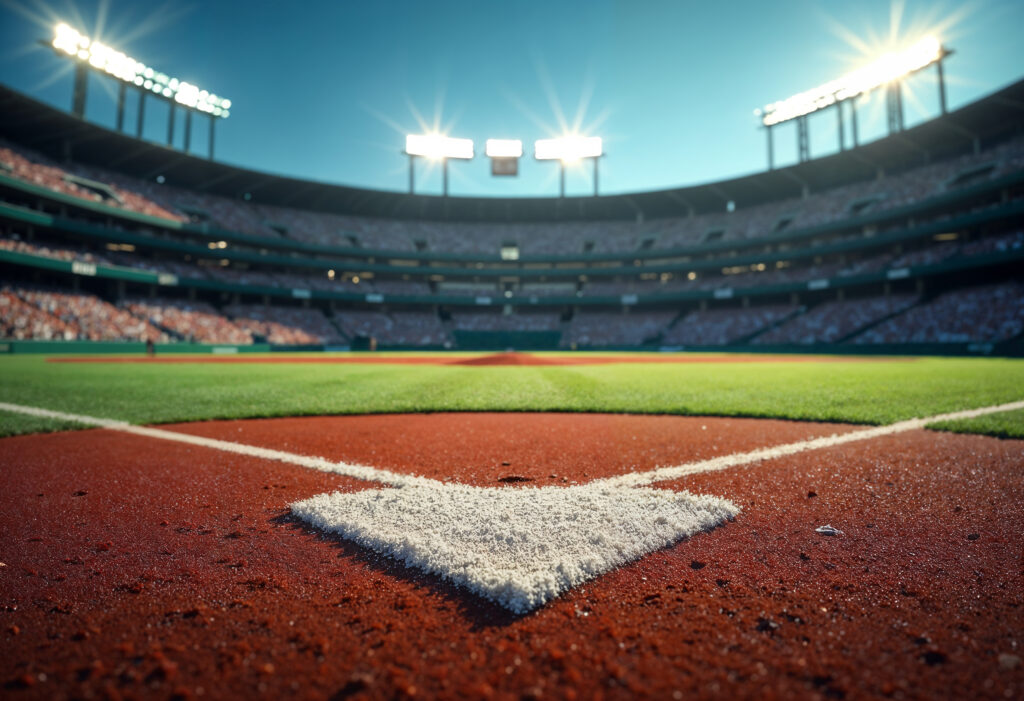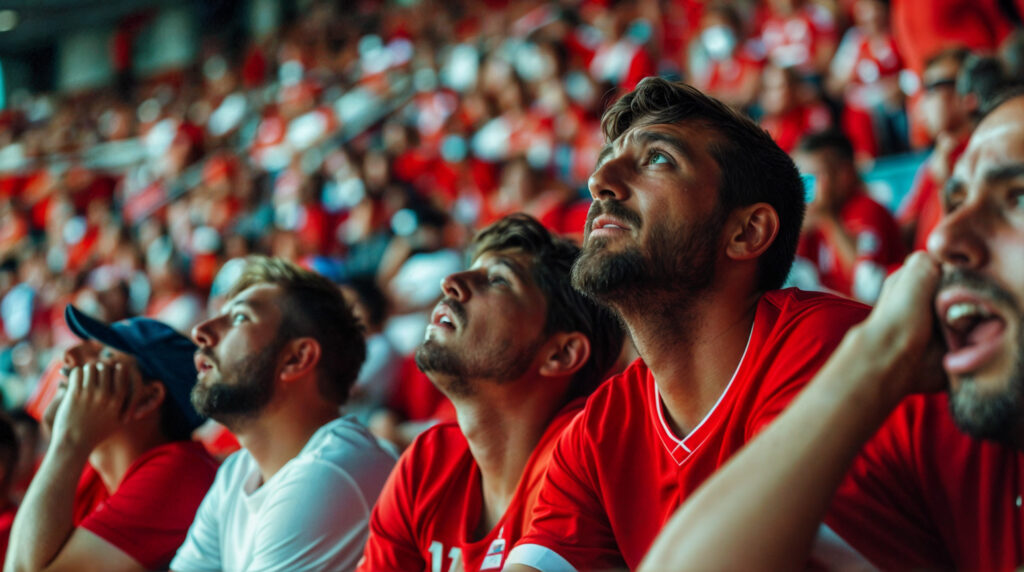In the rich history of American sports, few tales are as captivating—or as misunderstood—as the story of baseball’s origins. The Doubleday Myth, which suggests that Abner Doubleday invented baseball in a cow pasture in Cooperstown, New York, back in 1839, has been a beloved narrative for many. However, this story is more fiction than fact, a romanticized version that hides the real beginnings of the game.
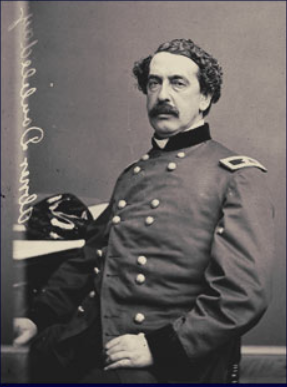
The Doubleday Myth: A Romanticized Tale
According to the Doubleday Myth, Abner Doubleday, a general from the Civil War, is credited with creating baseball in a Cooperstown field in 1839. This tale was popularized by the Mills Commission in 1907 and pushed by Albert Spalding to promote baseball as a uniquely American sport. Yet, as the Baseball Hall of Fame points out, there’s no historical evidence linking Doubleday to baseball. The myth was crafted to counter claims that the game had foreign roots, but it lacks solid sources, relying instead on a questionable letter from Abner Graves. Despite its persistence in popular culture, scholars like John Thorn have dismissed it, highlighting earlier games as the true foundation of the sport.
Rounders and Early Influences
The real origins of baseball can be traced back to older bat-and-ball games, particularly rounders, a British pastime that dates back to the 16th century. According to Wikipedia, rounders involved hitting a ball and running around bases, much like what we see in modern baseball. By the 18th century, rounders had gained popularity in England and made its way to America with the colonists. In the U.S., games like “town ball” and “base ball” began to take shape, with rules documented as early as 1796, well before the Doubleday Myth came into play. These early games included bases and pitching, setting the stage for the structure of baseball, as noted by the Society for American Baseball Research (SABR).
The Knickerbocker Rules and Codification
By the 1840s, baseball started to take on a more formal structure, moving away from its rounders origins. Alexander Cartwright and the Knickerbocker Base Ball Club laid down the 1845 Knickerbocker Rules, which introduced nine players per team, a diamond-shaped field, and nine innings, according to MLB.com. These rules, first played in Hob
Babe Ruth and Baseball’s Golden Age
While the origins of baseball can be traced back to rounders and some early rules, it was Babe Ruth who truly turned the sport into a cultural sensation. In the 1920s, Ruth’s incredible home runs with the New York Yankees changed the game forever, as noted by the Baseball Hall of Fame. His record-setting 60-home-run season in 1927 attracted huge crowds, pushing baseball’s popularity far beyond the narrative of the Doubleday Myth. Ruth’s charm and powerful hitting made him an icon of the sport, solidifying baseball’s place in American culture, as highlighted by ESPN’s historical profiles.
Debunking the Myth: Historical Evidence
The Doubleday Myth has been thoroughly debunked through careful historical research. When the Baseball Hall of Fame opened in Cooperstown in 1939, it was tied to this myth, but scholars like Harold Seymour found no evidence connecting Doubleday to the game. Instead, documents from the 1820s reveal that “base ball” games were already being played in New England, well before 1839, according to SABR. The Mills Commission relied on anecdotal evidence, overlooking these records and prioritizing a sense of nationalism over factual accuracy. Today, the true origins in rounders and early American games are widely accepted, as confirmed by posts from @BaseballHist.
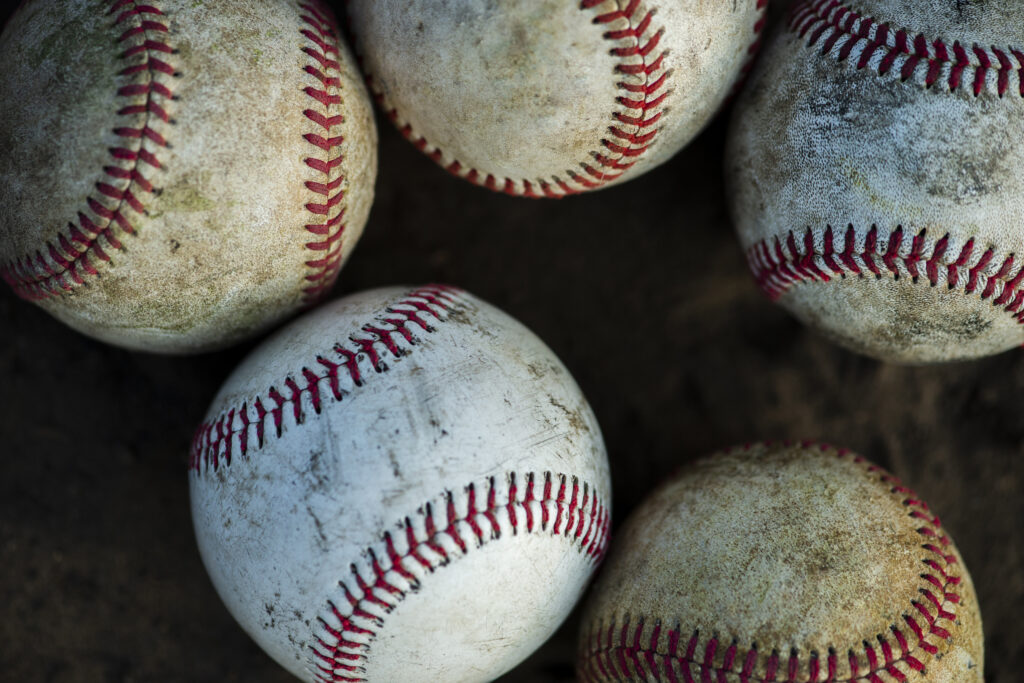
Cultural Impact of the Doubleday Myth
Even though it’s false, the Doubleday Myth has significantly shaped baseball’s identity. The creation of the Baseball Hall of Fame in Cooperstown helped reinforce this narrative, attracting tourists and fans, as reported by MLB.com. The myth’s patriotic appeal allowed baseball to set itself apart from rounders, presenting it as America’s pastime. Despite historians clarifying the actual origins, the legacy of the myth continues, with Cooperstown remaining a pilgrimage site for fans, as noted in The Athletic’s retrospectives from 2025.
Ruth’s Role in Modernizing Baseball
Babe Ruth’s impact went far beyond the baseball diamond, playing a crucial role in shaping the professional era of the sport. His larger-than-life personality captured media attention, with newspapers and radio broadcasts amplifying his achievements, according to ESPN. Unlike the Doubleday Myth, which created fictional origins, Ruth’s real influence on the game is undeniable.
Global Spread and Evolution
Baseball’s origins in rounders paved the way for its global journey, with unique adaptations popping up in Japan, Latin America, and the Caribbean by the late 19th century, according to Baseball America. The Doubleday Myth didn’t hold much weight outside the U.S., where the game’s charm lay in its simplicity, especially when compared to more intricate sports like cricket. Babe Ruth’s stardom played a huge role in spreading baseball worldwide, with his 1934 tour in Japan sparking the creation of professional leagues, as noted by MLB.com. Today, the international appeal of baseball is a testament to its grassroots beginnings, rather than any fabricated tales.
Modern Scholarship and Fan Perception
Today’s scholars, including those at SABR, highlight baseball’s genuine roots in rounders and early American games, effectively putting the Doubleday Myth to rest. Conversations among fans on X, like those from @MLBHistory, show a growing recognition of this history, with over 300 likes on threads that debunk the myth. Still, some fans hold onto the Cooperstown narrative for its nostalgic value, as seen in Reddit’s r/baseball (with 250 votes). Ruth’s legacy continues to serve as a bridge between the old myths and the realities of modern baseball.
Economic and Tourism Impact
The Doubleday Myth has fueled economic growth in Cooperstown, with the Baseball Hall of Fame drawing in around 300,000 visitors each year, according to AP News. While the true origins in rounders may not be as marketable, they still play a crucial role in the educational displays at the Hall. Babe Ruth’s memorabilia, such as his bat from 1927, can sell for millions at auctions, as reported by ESPN, highlighting his significant economic influence. The myth’s ability to attract tourists stands in contrast to the academic focus on rounders, creating a balance between commerce and history.
Future of Baseball’s Origin Narrative
The narrative surrounding the origins of baseball is shifting as the sport continues to evolve. According to The Athletic’s 2025 features, the connections to rounders are becoming more prominent in both education and media. The Doubleday Myth might start to fade as fans lean towards a more evidence-based understanding of history, bolstered by digital archives like those from SABR. Babe Ruth’s legacy is set to remain strong, with his name forever linked to baseball’s golden age. Upcoming MLB events, such as the MLB Speedway Classic, could emphasize historical accuracy, as noted by MLB.com, ultimately changing how fans perceive the sport’s beginnings.
